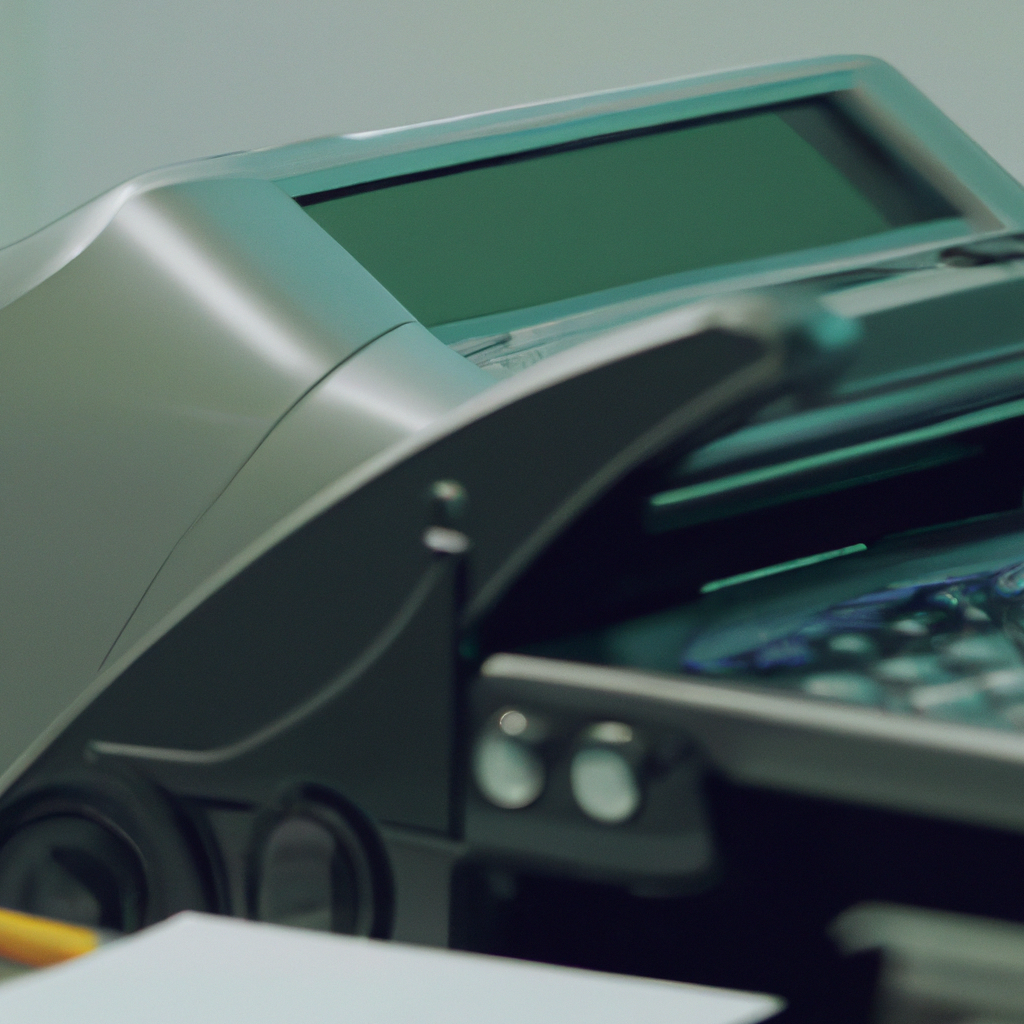The fax machine is an invention that has been around for quite some time. However, with the advancement of technology, it is reasonable to ask, “How does a fax machine work in the digital age?” The digital age has brought about changes in the way we communicate, and faxing has not been left behind. In this article, we will delve into the faxing process, the fax machine mechanism, and how modern fax machines work in the digital age.
Fax Communication in Brief
Fax communication is a process that involves the transmission of printed or written information over a telephone line. The fax machine converts the printed or written information into a digital format that can be transmitted over the telephone line. The information is received by a receiving fax machine, which converts the digital data into printable format. The receiving fax machine then prints out the information on paper.
Faxing Process
Faxing involves four main steps:
1. Scanning: The fax machine scans the document to be sent and converts it into a digital format.
2. Compression: The fax machine compresses the digital document to reduce its size for efficient transmission over telephone lines.
3. Transmission: The compressed digital document is transmitted over the telephone line to the receiving fax machine.
4. Printing: The receiving fax machine receives the compressed digital document and prints it out on paper.
Fax Machine Operation
The fax machine is an electronic device that comprises of several components that work together to facilitate the faxing process. These components include:
1. Scanner: The scanner is an essential component of the fax machine that scans the document to be sent and converts it into a digital format.
2. Modem: The modem is responsible for converting the digital document into audio signals that can be transmitted over the telephone line.
3. Processor: The processor is responsible for controlling the operation of the fax machine.
4. Printer: The printer is responsible for printing out the received fax document on paper.
5. Telephone Line: The telephone line is used to transmit the fax document from the sending fax machine to the receiving fax machine.
Fax Transmission in the Digital Age
In the digital age, faxing has evolved to include the use of modern fax machines. Modern fax machines have additional features that make faxing more efficient and convenient. These features include:
1. Digital Faxing: Modern fax machines can send and receive faxes in digital format. This means that instead of printing out the received fax document, it can be saved in digital format.
2. Internet Faxing: Internet faxing involves the use of online fax services that allow users to send and receive faxes using the internet.
3. Wireless Faxing: Some modern fax machines have wireless capabilities that allow them to connect to the internet and send and receive faxes wirelessly.
4. Fax over IP: Fax over IP involves the use of VoIP (Voice over Internet Protocol) technology to transmit faxes over the internet.
Conclusion
In conclusion, the fax machine is an invention that has stood the test of time, and it has evolved with the digital age. The faxing process involves scanning, compression, transmission, and printing. The fax machine mechanism comprises of a scanner, modem, processor, printer, and telephone line. Modern fax machines have additional features that make faxing more efficient and convenient. These features include digital faxing, internet faxing, wireless faxing, and fax over IP. With these advancements, it is safe to say that faxing is still relevant in the digital age, and it will continue to be an essential mode of communication.







